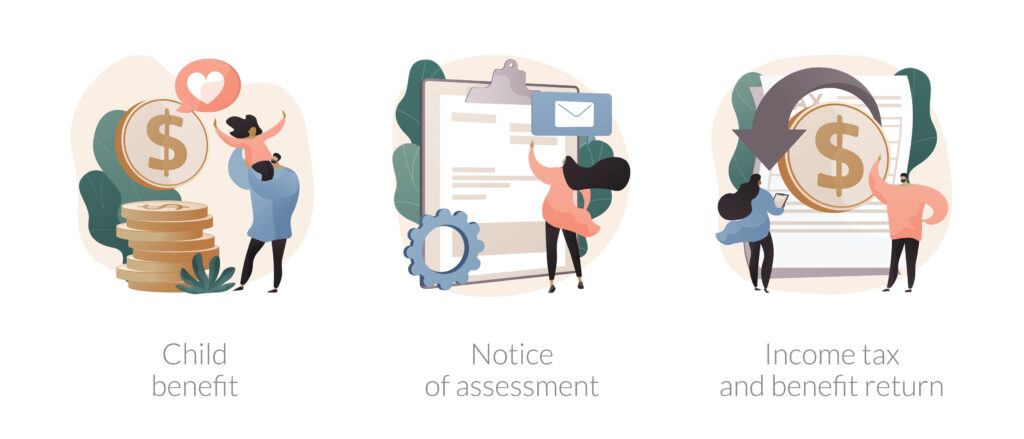Who Really Qualifies as a Dependent for Taxes?

How many dependents do you really have? Who can really be counted as a dependent? These are some of the most common questions that all taxpayers have. Can you count all of your children, live-in help, or perhaps a dog or other family pet? What about a friend who decides to crash at your place and basically mooch off you the entire year; can he or she be counted as a dependent?
As far as the IRS is concerned, there are two different kinds of dependents but there are dozens of scenarios that can fall under these two categories. There are also different rules for each type. The first type of dependent is classified as a qualifying child. The second type is a qualifying relative.
A qualifying child must be related to you, either by birth or adoption, or be a step or foster child. You must also provide more than half of the child’s total financial support and you can be the only person claiming that child on your return. To be a dependent the child must also be 18-years-old or younger, or if he or she is a full-time student, younger than 24-years-old.
The rules for being counted as a qualifying relative are much different. First, if your relative is a blood relative then he or she does not have to live with you in order to be counted. However, he or she must not provide more than half of his or her own support and that person cannot make more than $4000.
For a person who is not a blood relative to qualify as a dependent – like a lifelong friend who is down on his/her luck, or just plain lazy, or even your significant other – that person must live with you the entire year and their income must be less than $4,000 for the entire year. No one else can claim the person and you have to provide more than half of his or her financial support.
How Can I Sustain My Family Wealth?
How Can I Sustain My Family Wealth? At GROCO we work with some of the most successful and wealthiest people in the world. We’ve seen a lot of clients come through our doors and we’ve learned a lot about what makes them successful. We’ve also enjoyed much success in our own right. Our clients have…
Wealth Building: Six Keys
Wealth Building: Six Keys By Scott Hove There are keys to wealth and success that those who have attained them understand. If you wish to build wealth and achieve success then it’s crucial to implement the keys discussed below. Here, then, are six things that the successful understand and implement. As you read them, please…
Real Estate Investing: Lease Options Offer Multiple Profit Opportunities
Real Estate Investing: Lease Options Offer Multiple Profit Opportunities By Jordan Taylor Mention “real estate investing strategies” and the first thing that typically comes to mind is buying and selling. But a strategy often overlooked and underutilized is the option—and the smart use of options can generate some fast and impressive profits. An option…
Behavioral Finance: Beyond Greed and Fear
Behavioral Finance: Beyond Greed and Fear “Modern portfolio theory,” a complex mathematical system explaining the workings of the financial markets, has been quite influential on the thinking of investment managers over the last quarter century. The theory derives from the work of a handful of finance professors, several of whom were awarded Nobel Prizes for…




